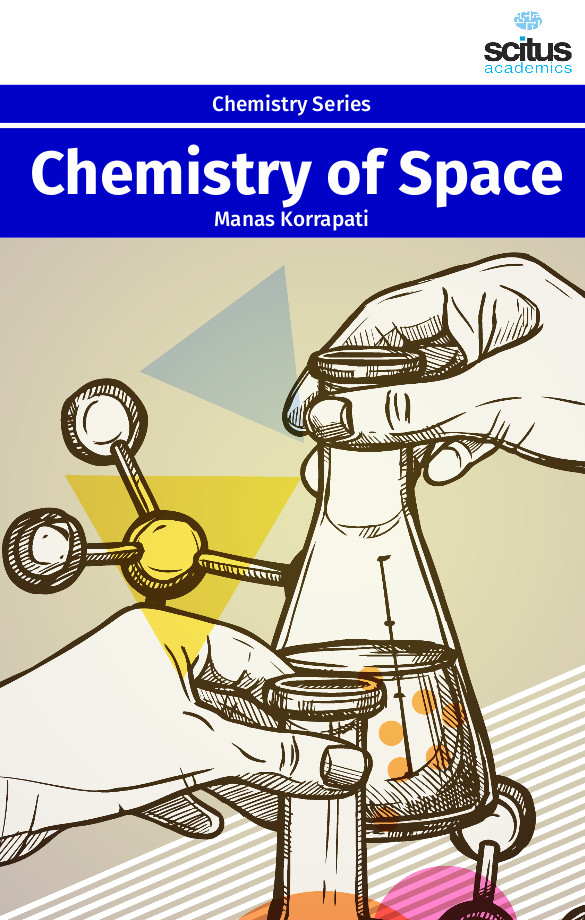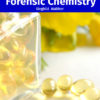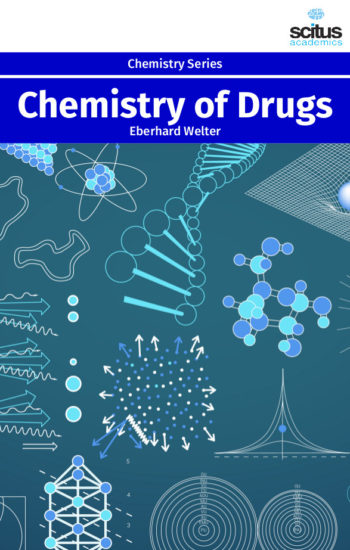Astronomy, space science and astrophysics allow us to see the universe and our place in it. Through studying these subjects, mankind has continually enlarged its horizons and explored the cosmos. The subjects continually evolve and change every year based on discoveries by researchers around the world. Space science is very often associated with physics. Physicists have been asking questions about the origins of the universe and using their specialized knowledge to make educated guesses about the past, the present and the future. The study of chemistry includes finding out about atoms, molecules and chemical reactions. Elements are made up of atoms of one kind. Atoms of elements can react to form molecules, sometimes of the same element (for example Cl2) or sometimes with different elements forming compounds (for example HCl). Bonds form between the different atoms; these can be covalent or ionic, depending on the atoms involved. An element is made up of the same particles (sometimes the atoms are different isotopes) wherever it is found; iron (Fe) is iron whether you find it on Earth or in space, but conditions in space are different from those on Earth and different reactions may occur. Reactions of elements to form more complex compounds, such as amino acids, are important to the study of chemistry in space. Atoms and molecules are pretty much everywhere. From the iron-heavy center of Earth to the hydrogen-rich envelope of distant stars, nuclei and their attendant electrons are ubiquitous. It makes sense, then, that astronomers would want to sort out what atoms and molecules make up which astronomical objects and swim in the space between them. But they cannot just reach out, grab a hunk of star, and bring it back to the lab. They must do the analysis remotely and, as always in astronomy, using only light that telescopes passively receive.
‘Chemistry of Space’ discusses current research and advances in the field of space chemistry, including the origins of the universe, the chemical composition of planets and meteors, and stellar evolution. It looks at the way that the Earth’s present atmosphere has evolved from possible earlier atmospheres. Some of the available evidence for different scenarios is presented and critically discussed.








